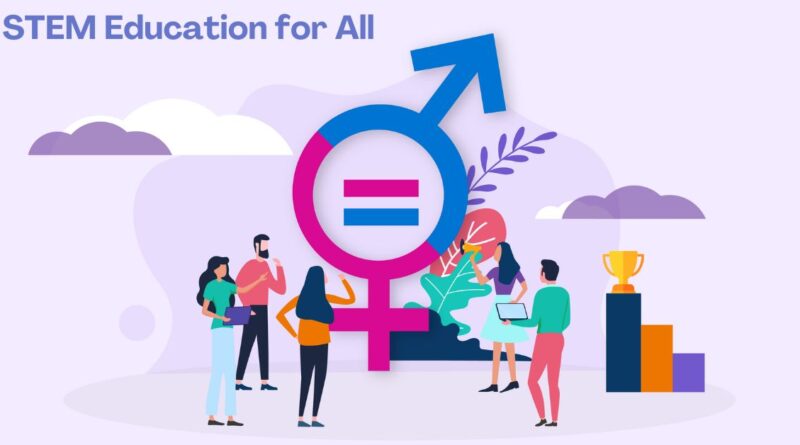STEM Education for All: Closing the Gender Gap
The world is going through rapid modifications, which are being driven mostly by diverse industries and businesses. Scenario-based learning solutions have developed as an effective tool for dealing with these changing dynamics. Changes in market dynamics are also transforming the workforce’s traits and desired qualities.
Changes in the education industry are directly linked to changing company demands for important skills in its employees. The inclusion of STEM education is a prime example of such educational innovation. By incorporating scenario-based learning approaches, educators can better prepare students to succeed in this ever-changing terrain, empowering them with the problem-solving skills and analytical skills required to excel in their future careers.
What is STEM Education?
STEM education is a method of learning that integrates science, technology, engineering, and mathematics. STEM education has developed to represent an entirely distinct educational method that prioritizes responding to individual student’s learning interests and passions. It goes beyond test performance by encouraging the growth of advanced cognitive abilities through the practical use of classroom knowledge in real-world scenarios.
STEM emphasizes the value of working together, effective communication, research skills, the ability to solve problems, and analytical skills for students to succeed in the modern world. STEM is a response to the realization that our future depends on our ability to innovate, invent, and solve problems creatively.
The Need For STEM Education In India?
STEM education in India is important in today’s rapidly growing global environment. With the nation rising as a hub for innovation and technological advancement, fostering a strong STEM foundation has become very crucial.
STEM education provides learners with important abilities to solve problems, promotes creativity, and nurtures a workforce ready to face the challenges of the 21st century. It not only promotes economic expansion but also uses scientific discoveries to address societal problems.
Additionally, STEM education improves employment and equips learners to advance India’s technological supremacy. In order to stay competitive and address serious problems, India needs to prioritize and invest in STEM education for its future prosperity.
Why does the Gender Gap exist in STEM Education?
The gender gap is a major concern in India. India placed 127th in the latest Global Gender Gap Index. The gender wage gap in STEM fields continues for a number of reasons, including the following:
Lack of Female Role Models
The employment choices of young female students are greatly impacted by a lack of role models in the fields of mathematics, science, and engineering. Additionally, these inspirational figures are frequently overlooked in the educational curriculum.
Prevalent Biases
One of the biggest causes of this problem is the stereotype that boys do well in science and girls don’t. This false belief continues to unfairly diminish women’s abilities in fields related to STEM.
Economic Hurdles
Economic considerations also act as an important roadblock for women pursuing careers in science. Even in families with adequate wealth, female students are sometimes discouraged from pursuing a science degree because the cost is often higher than for an arts or business degree.
Patriarchy
The old-fashioned idea that men ought to be in charge makes it hard for women to succeed in science jobs. This is seen in their hiring practices, funding of research projects, and support for advancement in scientists’ careers.
Also, as most of the people in science are men, it can be difficult for women to work there. People at times don’t treat women equally because of their gender.
How STEM Education Helps in Closing the Gender Gap
In many of the world’s largest tech business enterprises, the gender gap among employees becomes even more pronounced as we move up the hierarchy toward executive and managerial positions. The difference is commonly attributed to girls’ restricted chances of gaining early exposure to and familiarity with technology as well as to the common gender stereotypes that have an adverse effect on their interest in and involvement in scientific fields.
By introducing STEM education and scenario-based learning solutions in schools from an early age, we can close the disparity in gender by making sure every learner has a fair chance to engage with technology through a combined and interrelated approach to learning.
